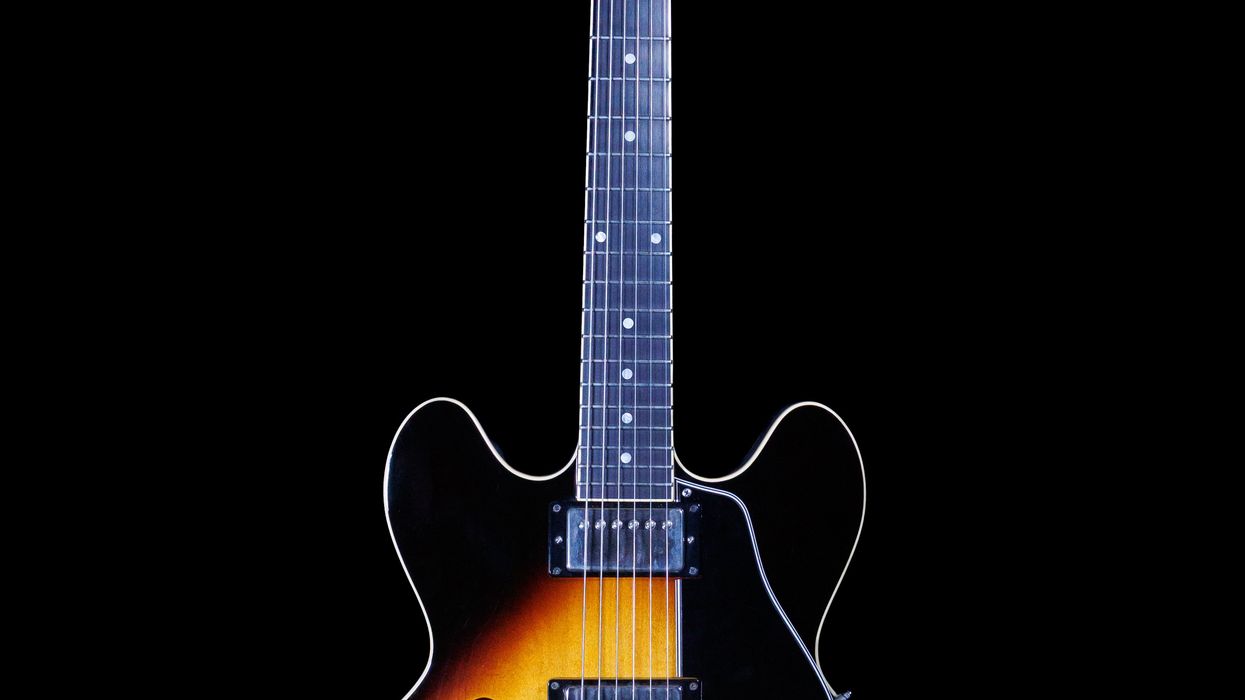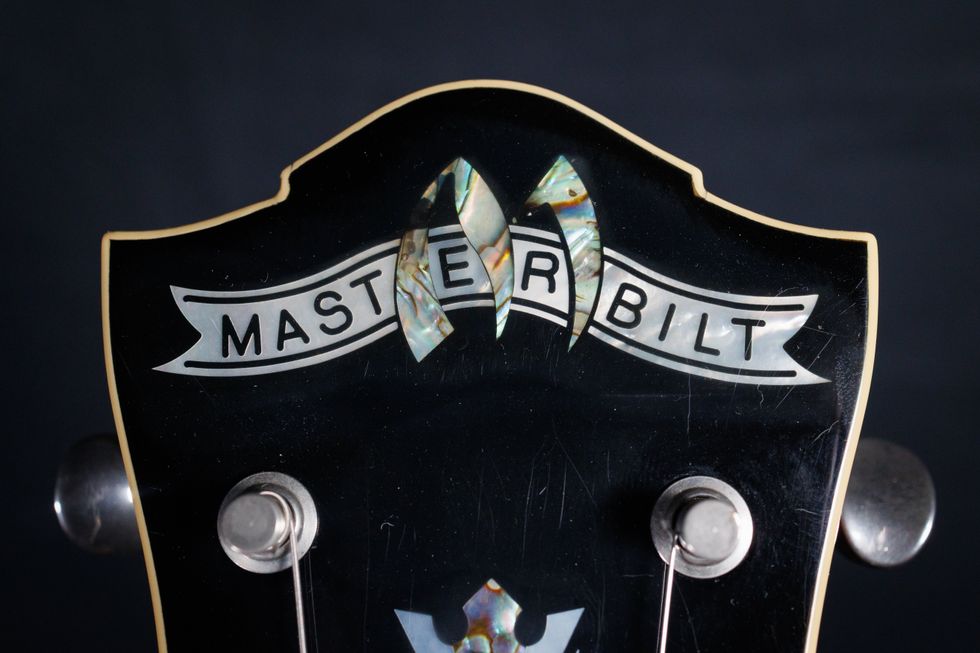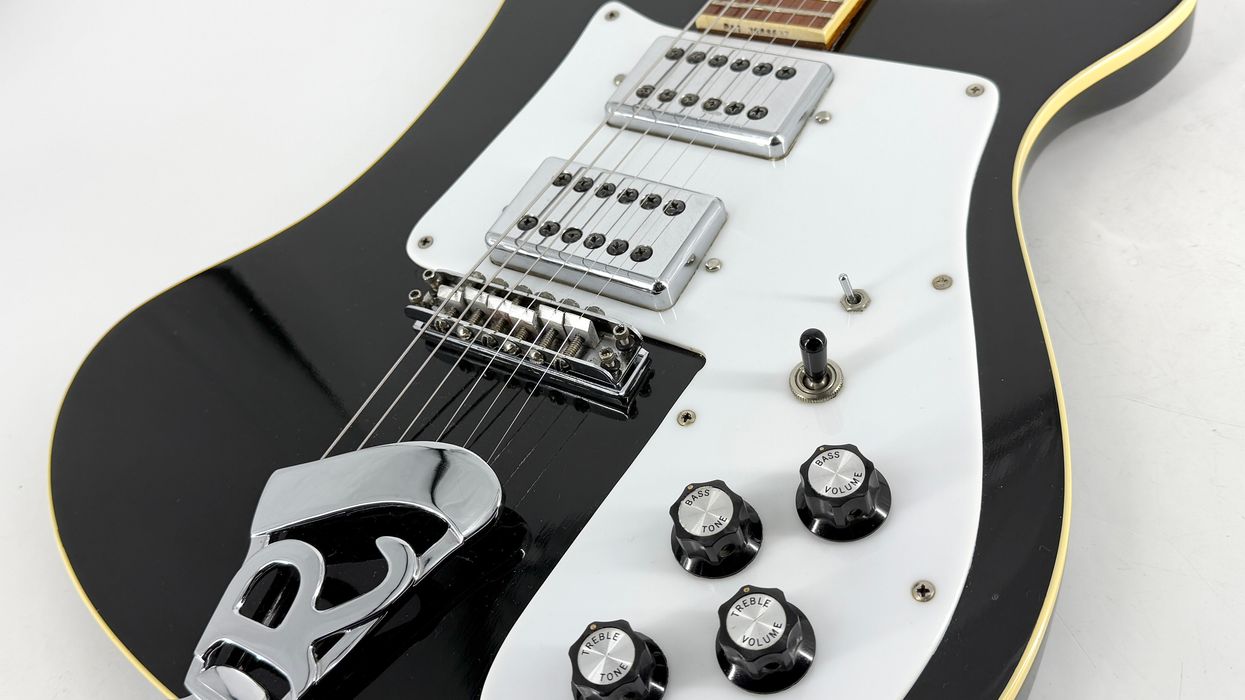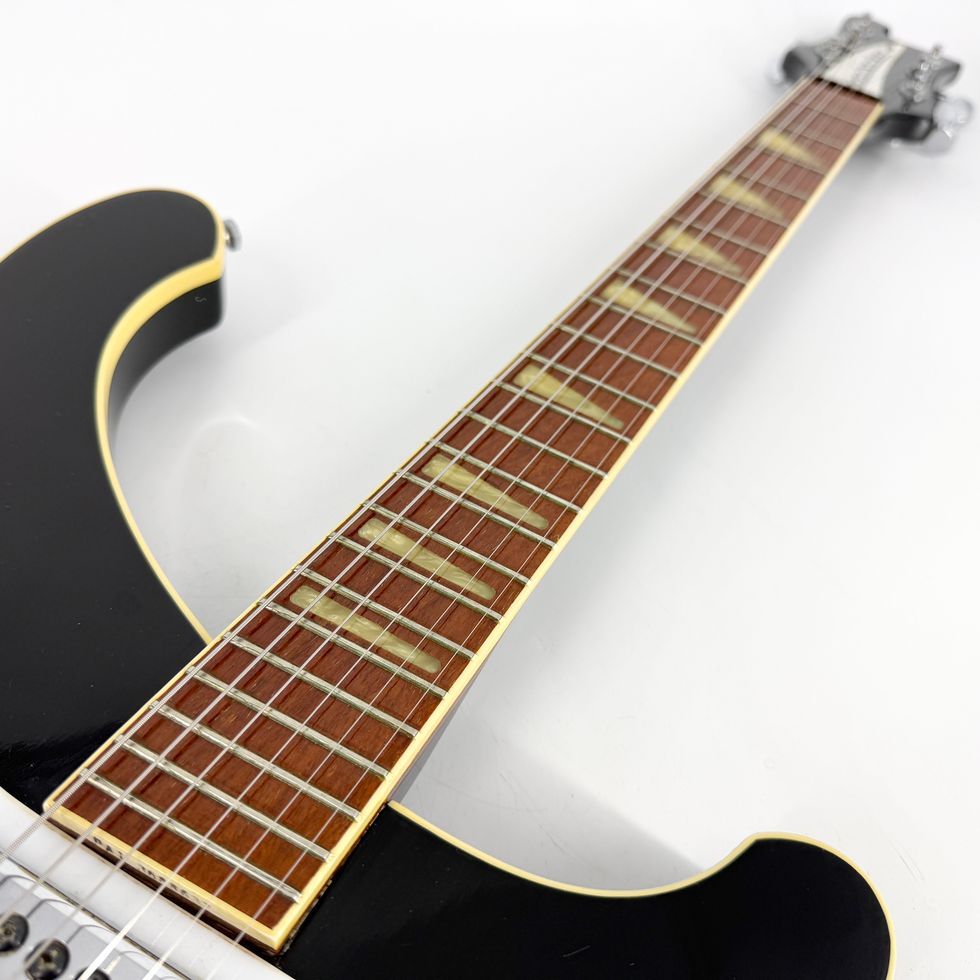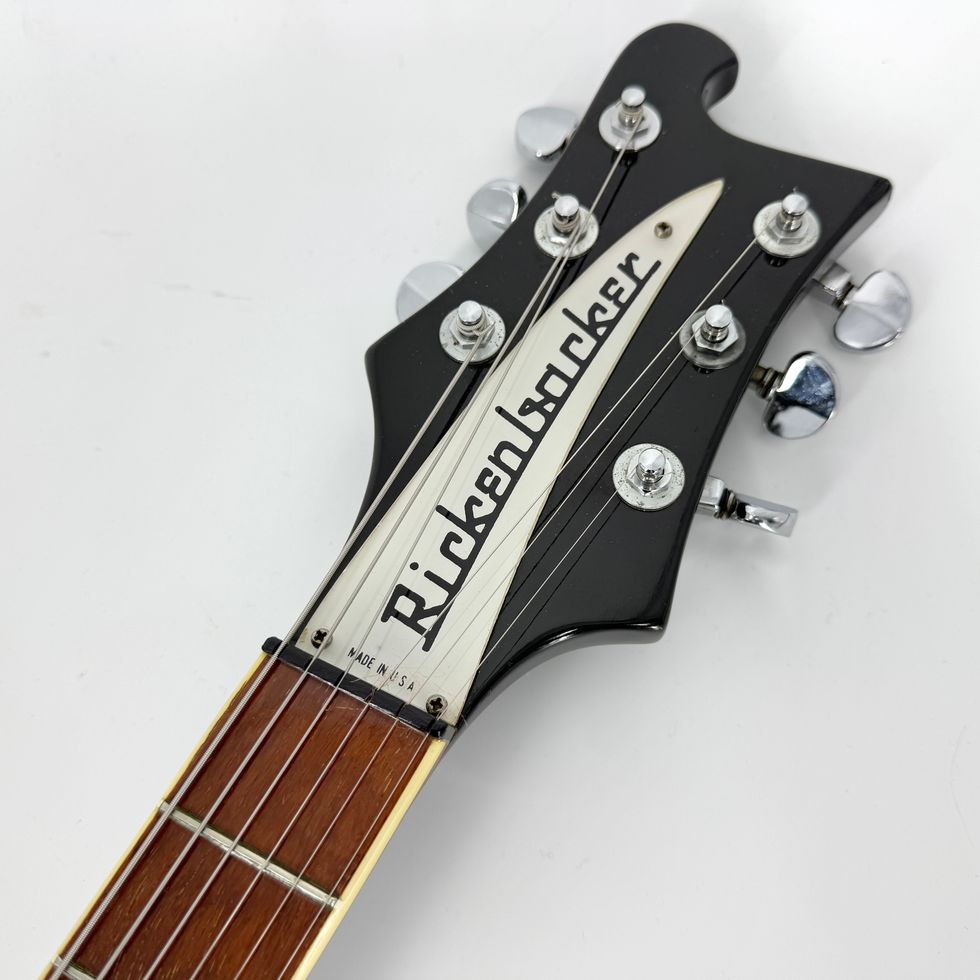A giant of mid-century jazz guitar, Johnny Smith had a fastidious style. He could strike rapid solos, embellish ballads with languid lines, and craft complex chords. Whatever he played, his intention and articulation were crystal clear. Smith’s music is “incredibly intricate and detailed, every note he played, there was nothing extra there. It’s just the essential thing,”—or so said the modern great Bill Frisell, when Reverb interviewed him and Mary Halvorson in 2018 around their Johnny Smith tribute album, The Maid with the Flaxen Hair. That same devotion to detail is apparent in the many signature guitar models that bear Smith’s name, like the 1968 Gibson Johnny Smith featured in this edition of Vintage Vault.
Smith played a lead role in the development of his guitars. Though there are several versions from various brands, they are essentially one model, made and remade to Smith’s liking or disliking. Like a great jazz tune, it was never played quite the same way twice.
In the mid ’50s, Smith first sketched out the theme of his signature model with Guild, not Gibson, having secured an endorsement deal from the then-NYC-based company. He had been playing a Guild X-500 (aka the Stuart), which was a 17″ archtop with two single-coil pickups screwed into the body. But Smith’s heart lay with a custom D’Angelico New Yorker, one with a solid spruce top and precise X-bracing that allowed it to boom like a speaker. He hung out at D’Angelico’s workshop and learned all he could about guitar design.
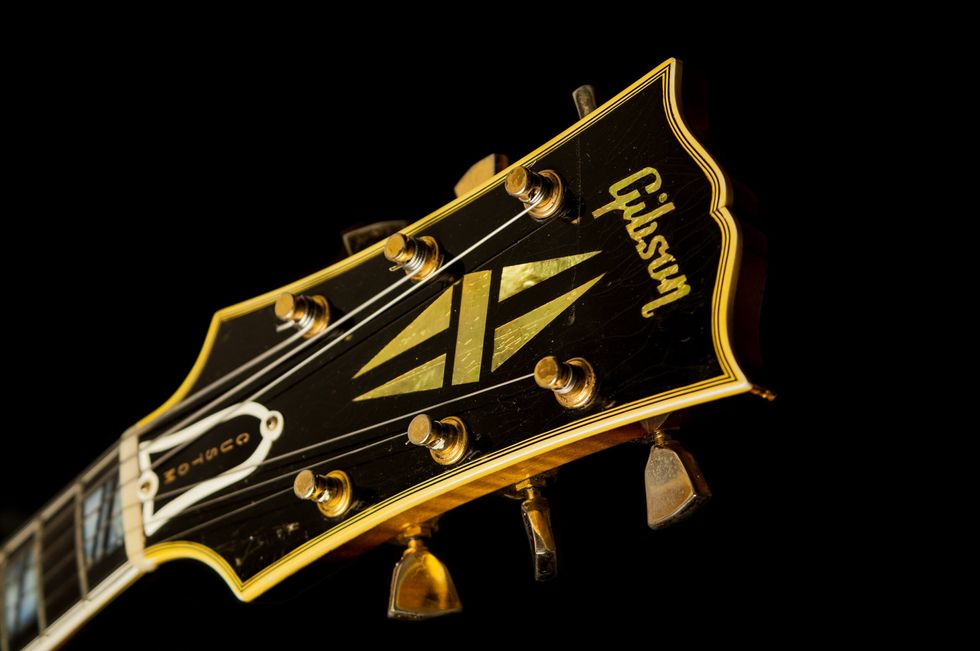
Unsatisfied with the signature model that Guild produced for him, Smith took his ideas over to Gibson, where he was given nearly complete control over a new design.
Photos courtesy of Reverb/Gitarren Total
Despite the detailed designs Smith handed to Guild’s founding president Al Dronge, what he got was something like a D’Angelico translated through the Guild X-500. Smith was after resonance and tone. He didn’t want anything interfering with the body. He requested that a single DeArmond pickup float above it, with the control knob and output jack affixed to the pickguard rather than the body. This, Guild granted him. But he also had ideas for the carved top and internal construction that he thought would increase balance and sustain, which Guild ignored. Like the X-500, Smith’s top was made with laminated spruce rather than solid wood.
Thus, 1956’s Guild Johnny Smith Award does represent the first record of his signature model—it had the 17″ body and floating pickup that would become a repeating chorus—but it didn’t live up to Smith’s standards. Only 20 or so were made, and soon, Guild and Smith annulled their partnership.
By 1961, Smith was working with Gibson’s Ted McCarty to realize his vision, while Guild had cut Smith’s name and re-released its guitar as the Artist Award. Smith, talking about his first Gibson in 2008, said he was given nearly complete control: “I designed everything myself. I designed how the guitar would be braced, how the top would be carved, the dimensions, the binding, and you name it. The only aspects the company did were some of the cosmetic touches which really did not matter to me.”
“Like a great jazz tune, it was never played quite the same way twice.”
The 17″ Gibson Johnny Smith was introduced with a slightly shallow depth (3 1/8″). Compared to his Guild, it had a 25″ scale (vs. 24.75″), a mini-humbucker rather than the DeArmond, and maybe most importantly to Smith, an X-braced top of carved solid spruce, just like his beloved D’Angelico.
The 2-pickup 1968 Johnny Smith Double variant you see here was first released in 1963. In 1968, a sunburst Johnny Smith Double—with two volume knobs, two tone controls, and a rotary selector—would have retailed for $1,145. Today, you could pay between $8,000–$16,000, depending on condition. This particular guitar, in very good, all-original condition aside from a replacement guard, is listed at $15,319 by the Switzerland-based Reverb seller Gitarren Total.
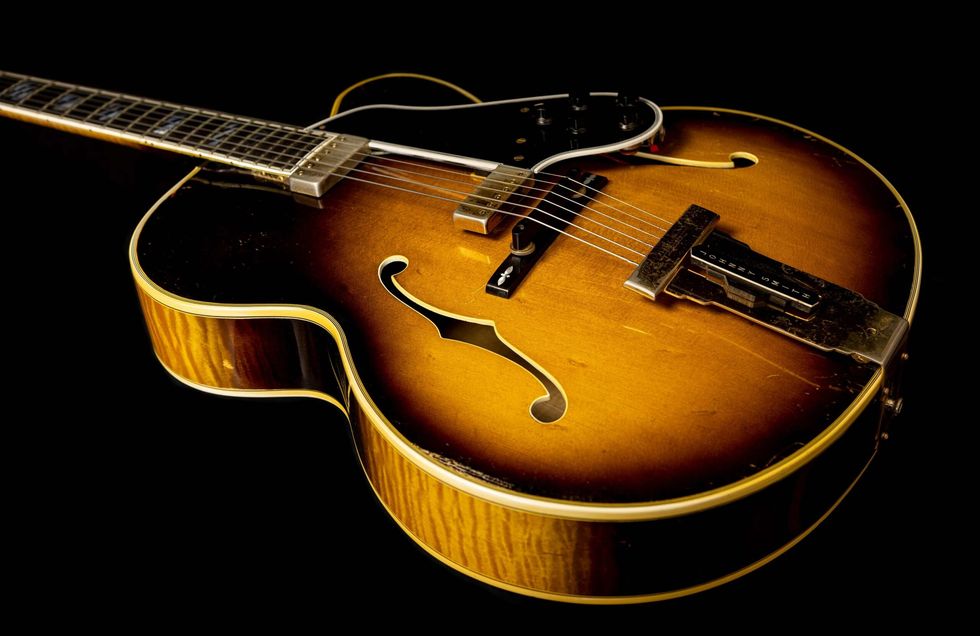
The guitar has a 17″ body made of flamed maple, with two floating humbuckers.
Photos courtesy of Reverb/Gitarren Total
With Gibson, Smith made the guitar of his dreams, but only for a time. In 1989, he transferred his artist model to Heritage, the company founded by former Gibson luthiers when Gibson moved from Kalamazoo. (Taking a cue from Guild, Gibson re-released its own Johnny Smith model by a different name, Le Grand, in 1993.)
When asked later to explain all his jumping around, Smith said, “Let’s just say I am very particular about instruments with my name on them,”—perhaps, fans of his music might say, as particular with the instruments as the notes he chose to play on them.
In a final twist, his signature model would have one last coda at the place where it all began. In 2002, Smith and Guild reunited, this time with renowned guitar maker Bob Benedetto at the helm of the archtop’s construction. The last Guild Smith signature stayed in production until 2007, while Smith himself passed away in 2013.
Sources: Reverb listings and Price Guide data, Gibson June 1968 price list, Gruhn’s Guide to Vintage Guitars, American Guitars: An Illustrated History by Tom Wheeler, “Johnny Smith Goes Full Circle” by Charles H. Chapman for Fender Players Club, “‘Just the Essential Thing’: Bill Frisell and Mary Halvorson Honor Johnny Smith’s Jazz Legacy” by Nick Millevoi for Reverb.

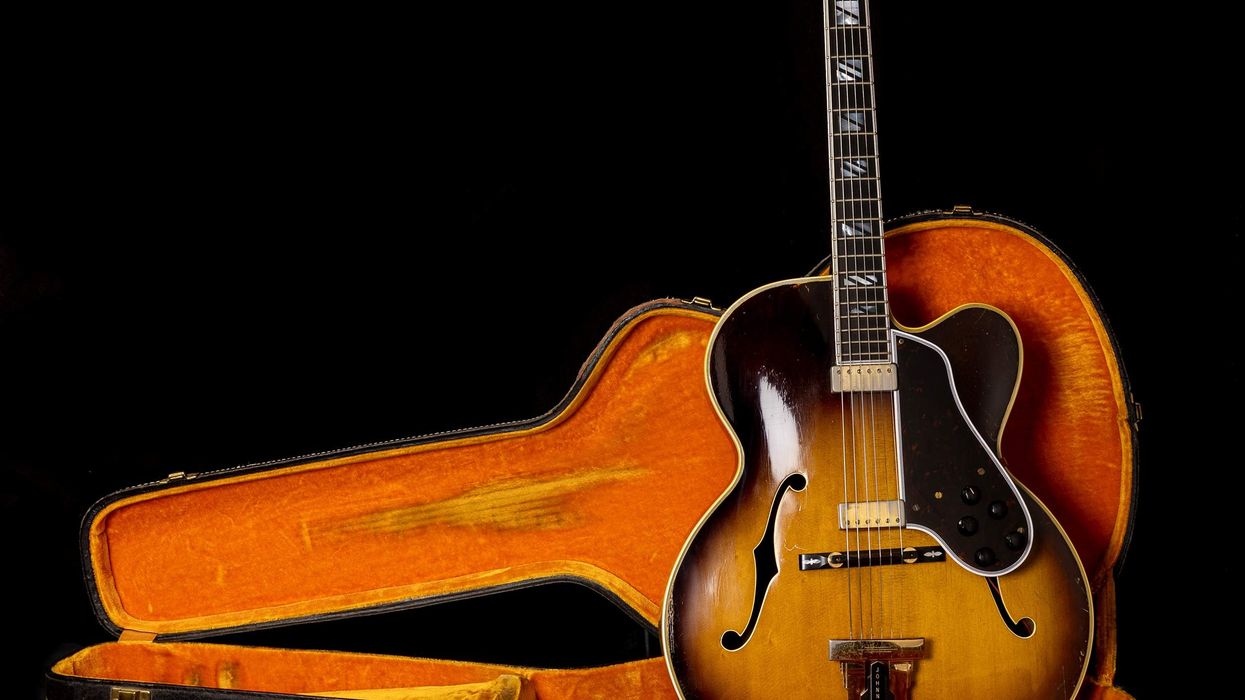

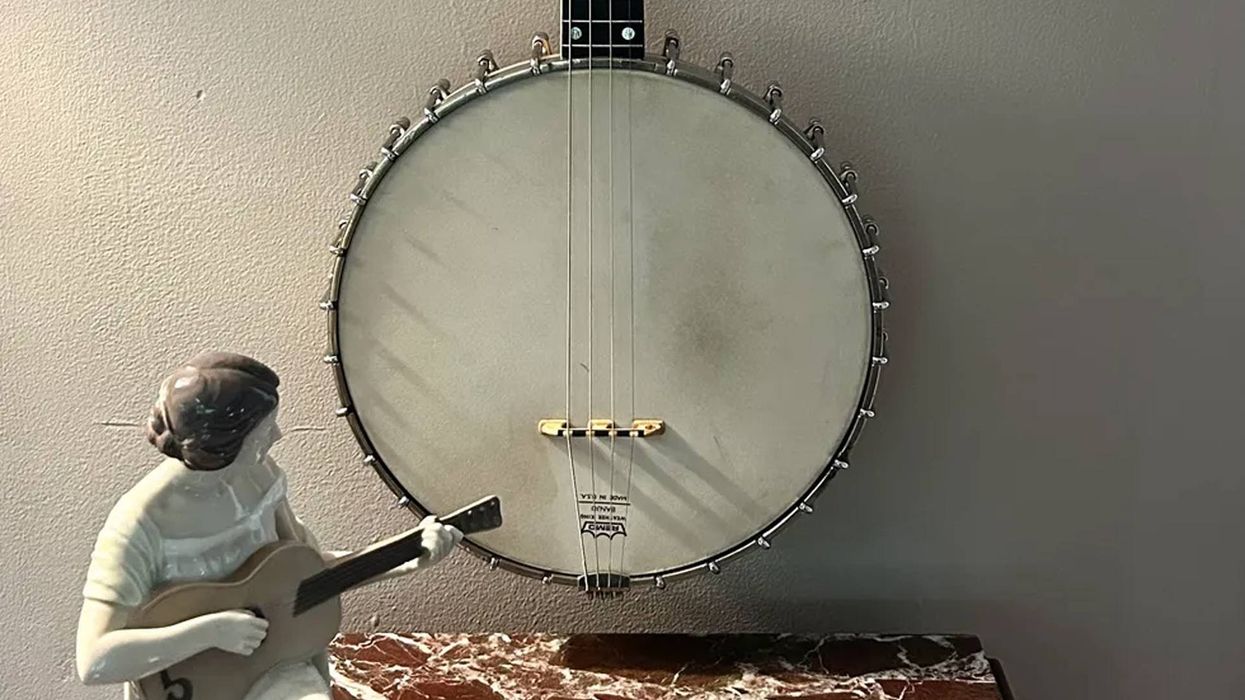
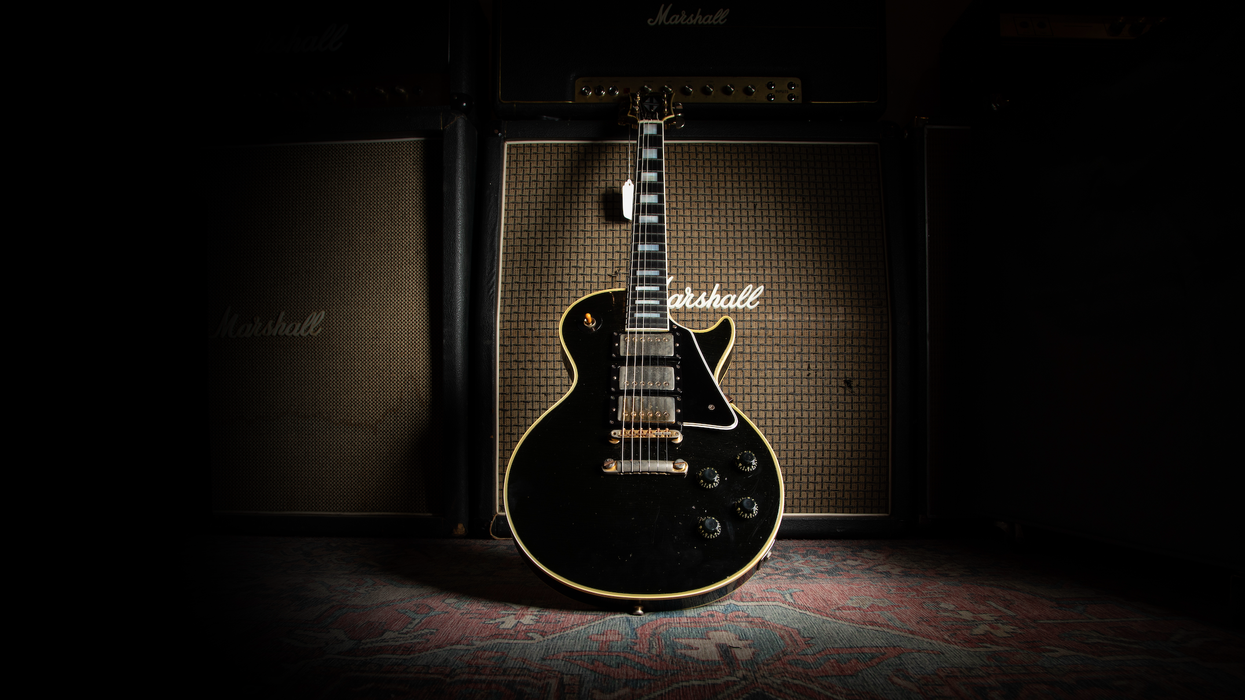
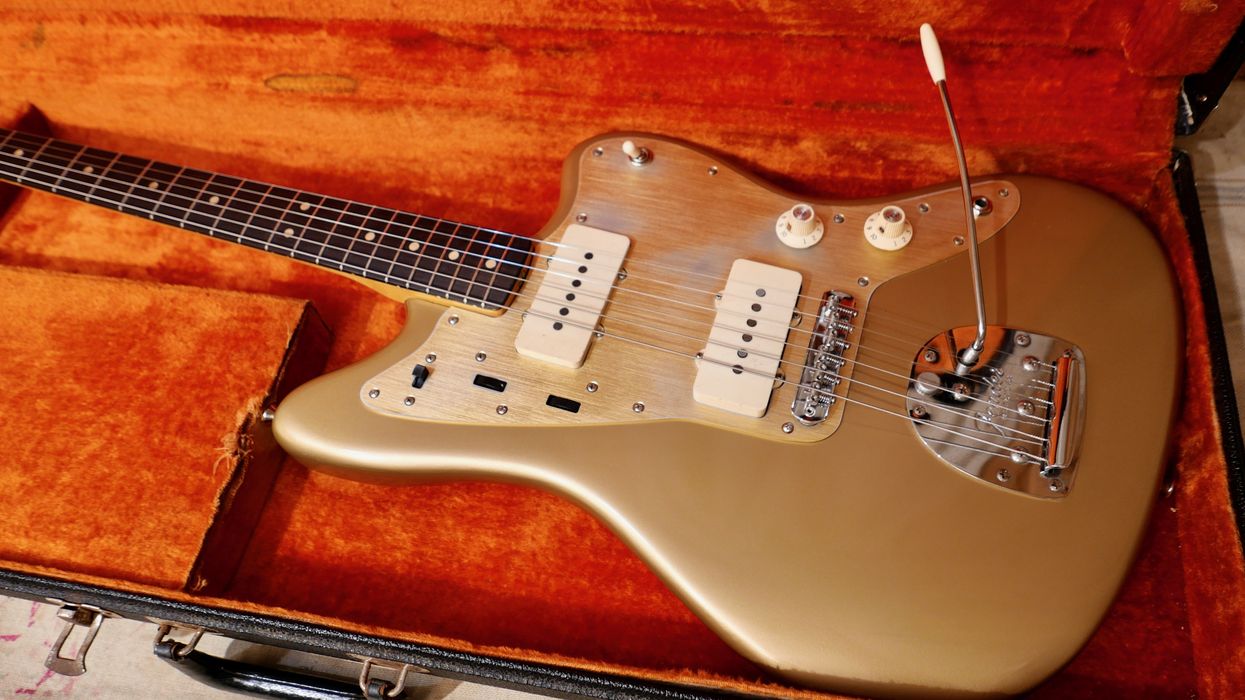
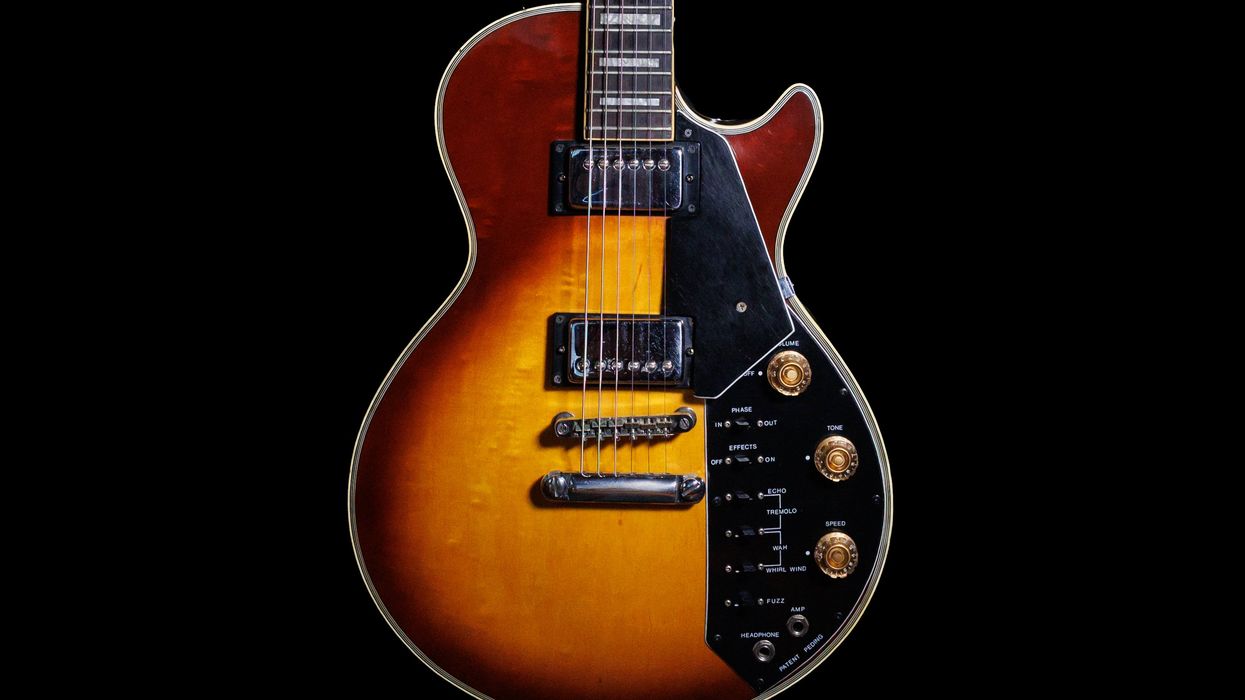



![Rig Rundown: Russian Circles’ Mike Sullivan [2025]](https://www.premierguitar.com/media-library/youtube.jpg?id=62303631&width=1245&height=700&quality=70&coordinates=0%2C0%2C0%2C0)



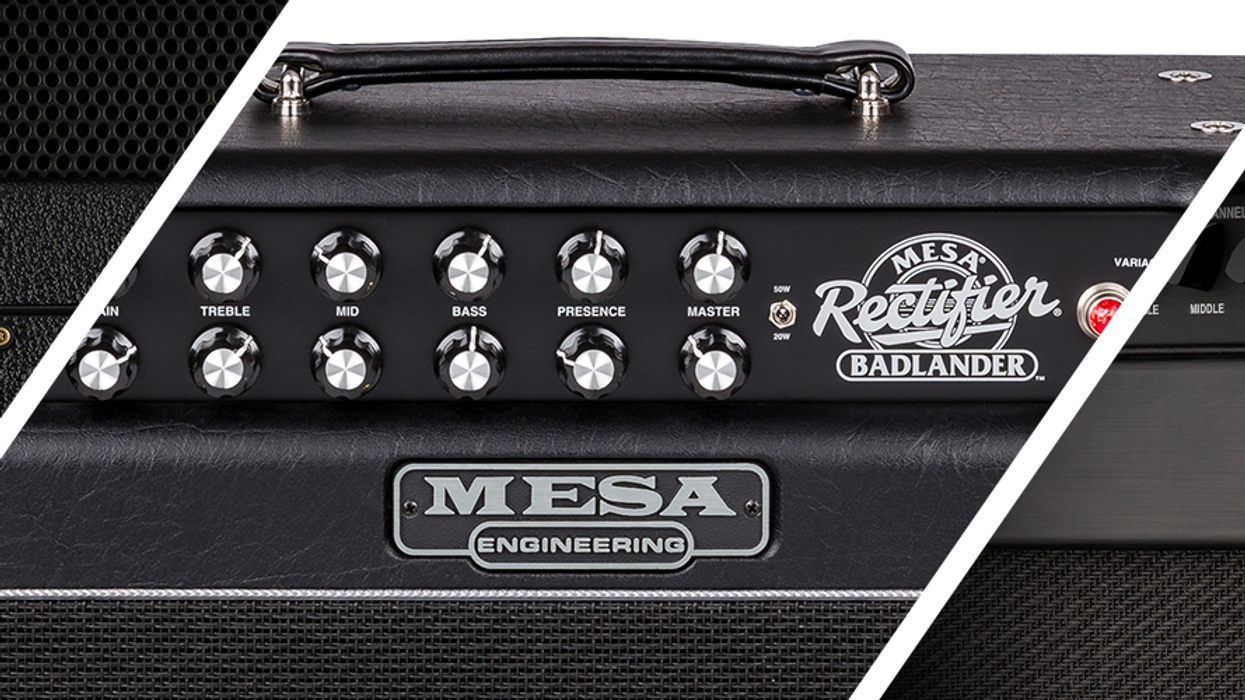
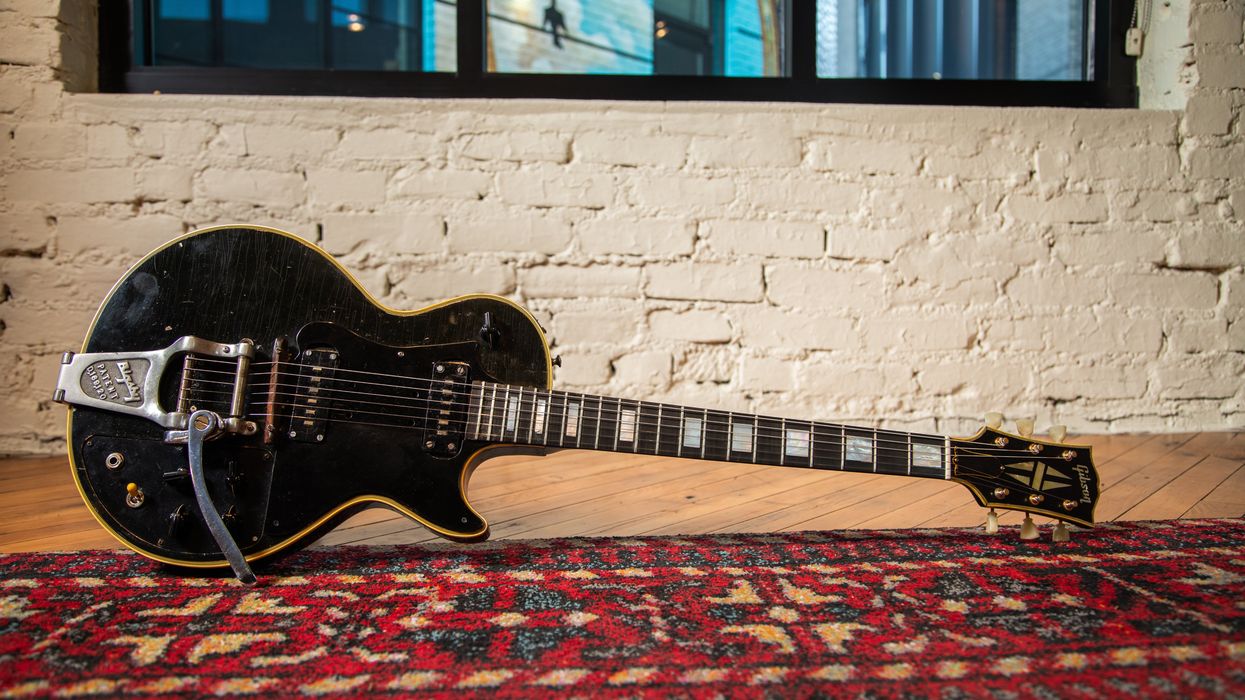
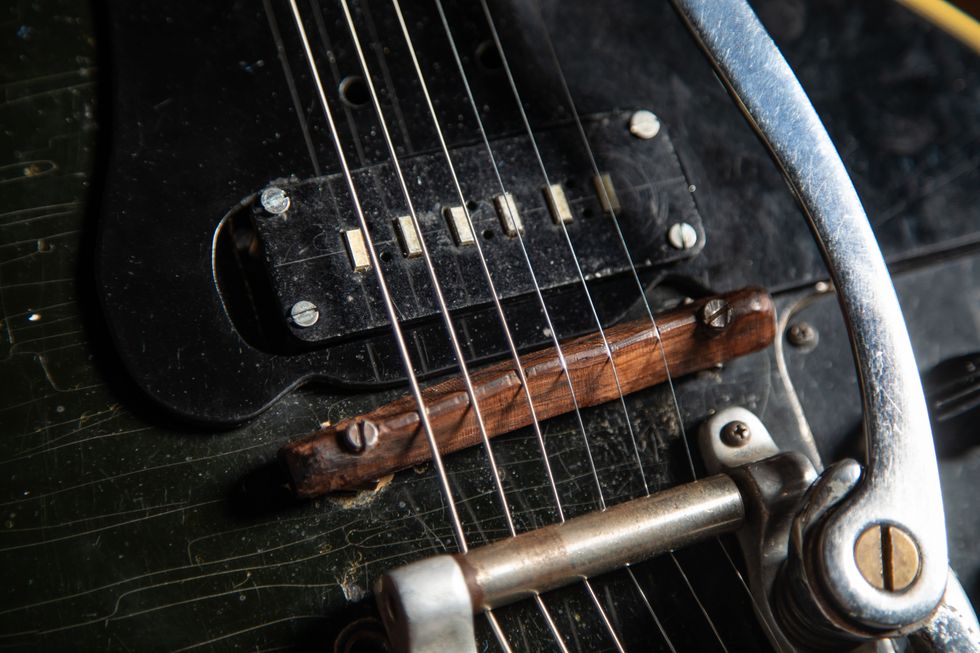
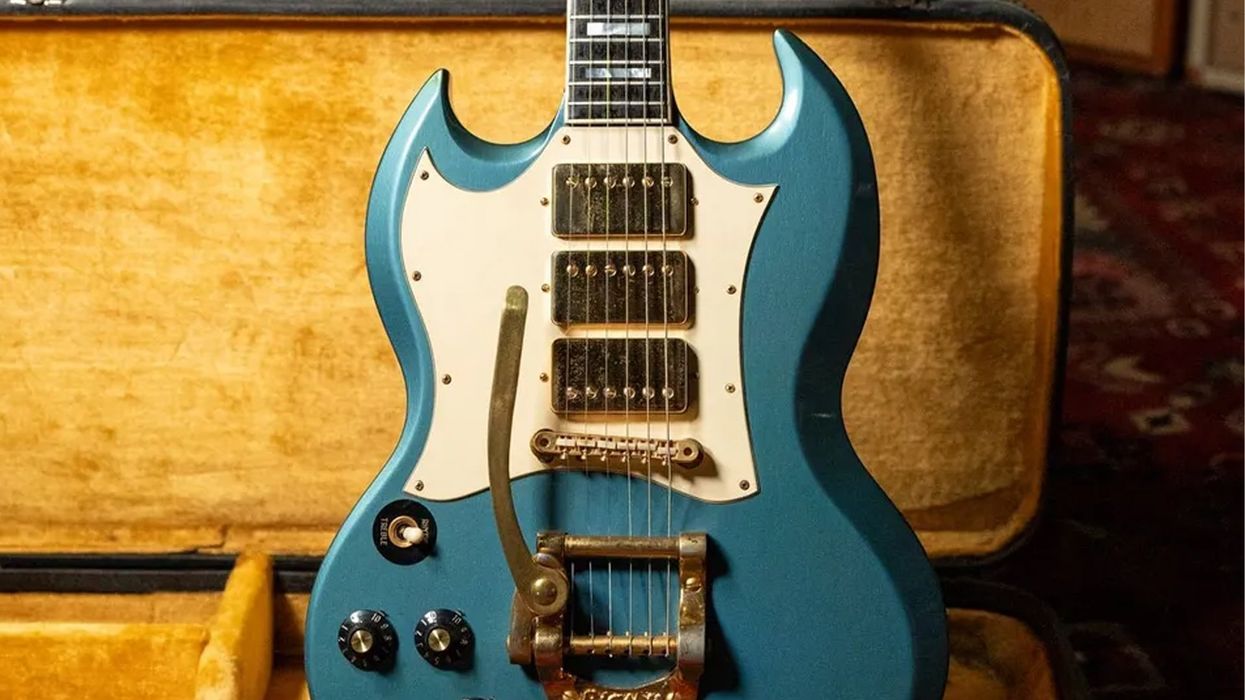
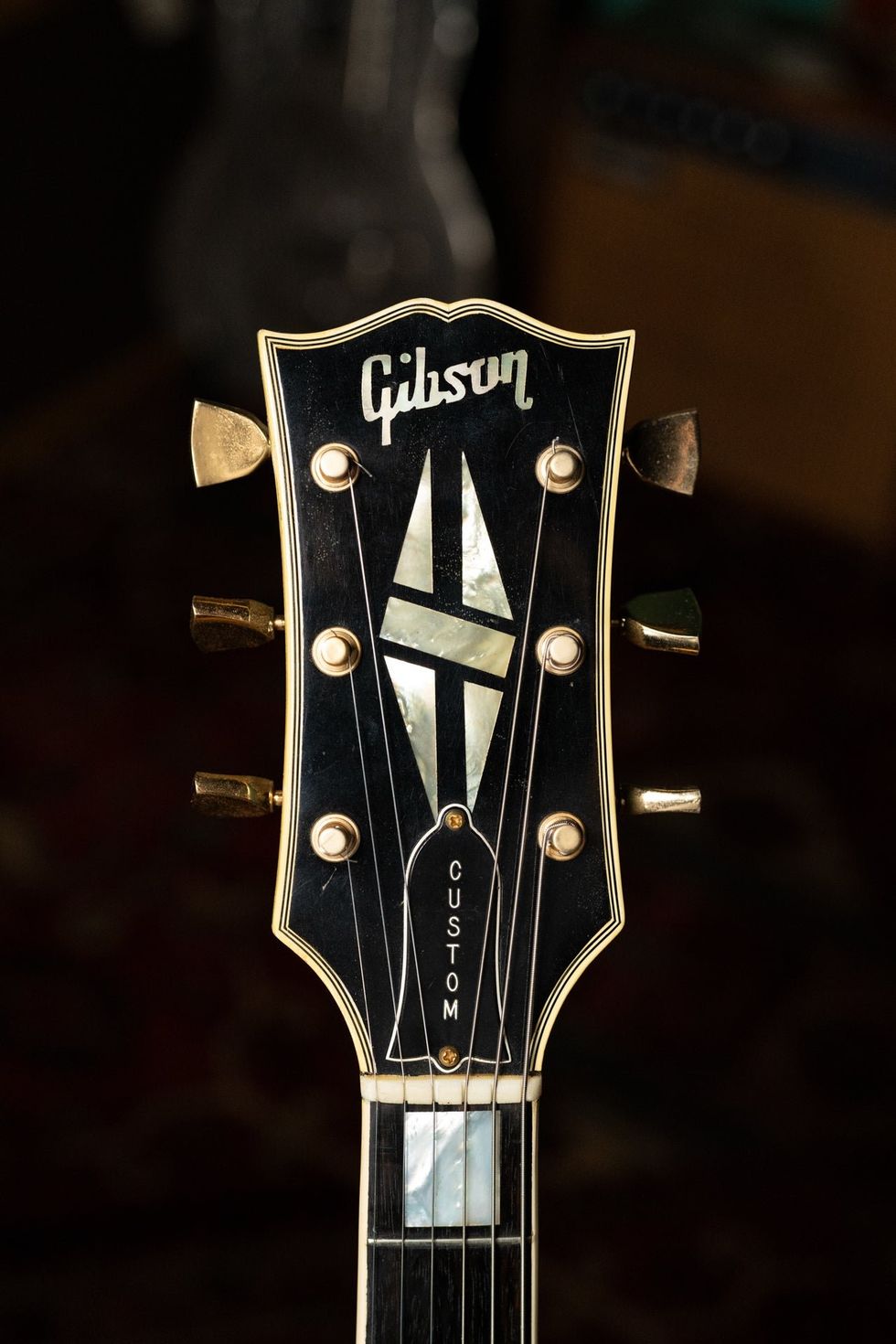
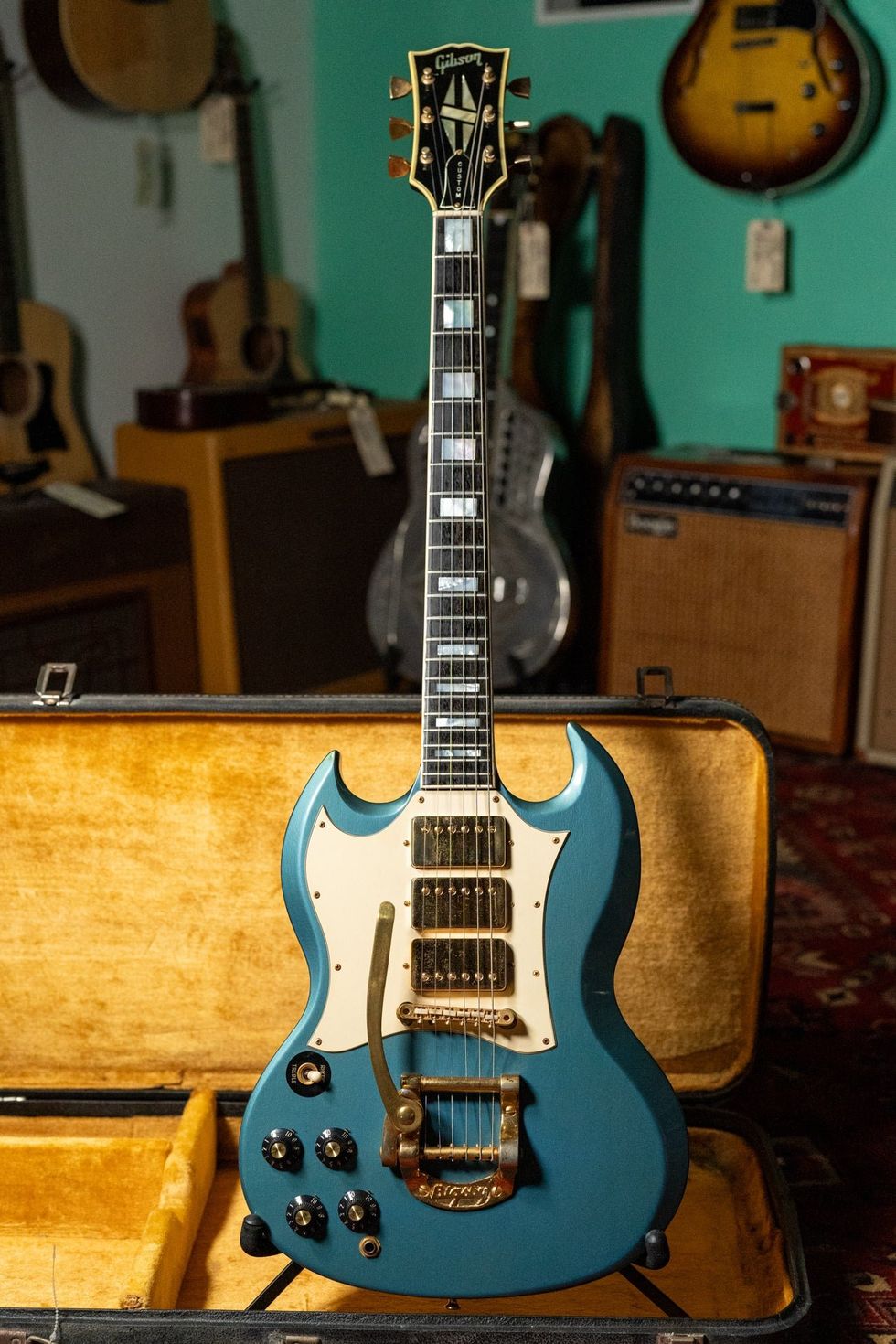 Whether or not Jimi Hendrix actually played this guitar might come down to how lucky its buyer feels.Photo courtesy of Imperial Vintage Guitars Reverb Shop
Whether or not Jimi Hendrix actually played this guitar might come down to how lucky its buyer feels.Photo courtesy of Imperial Vintage Guitars Reverb Shop